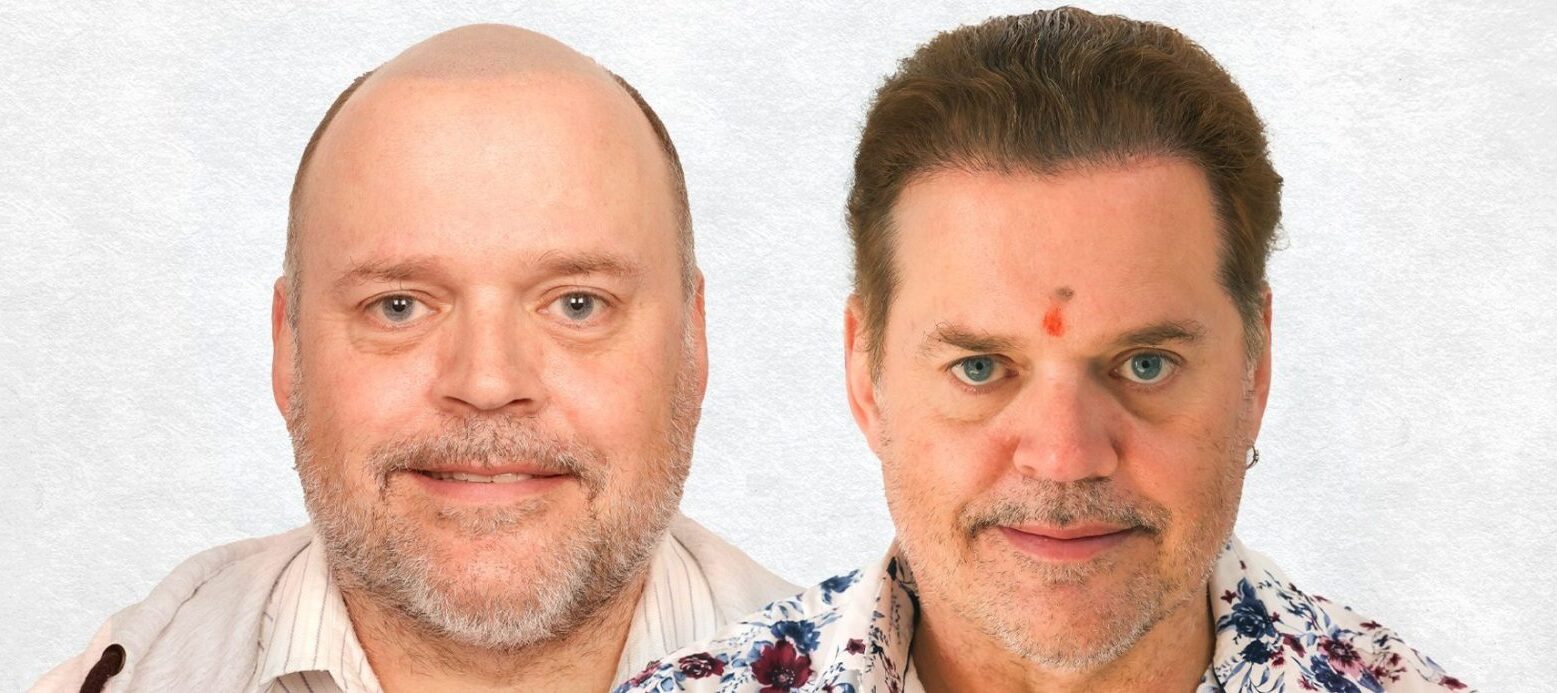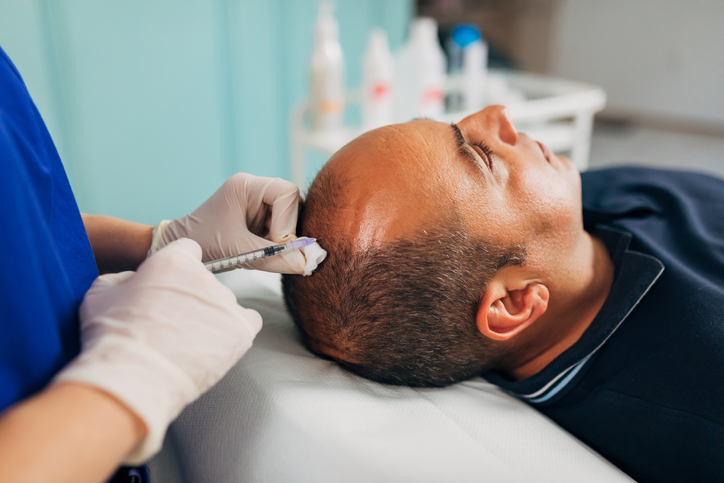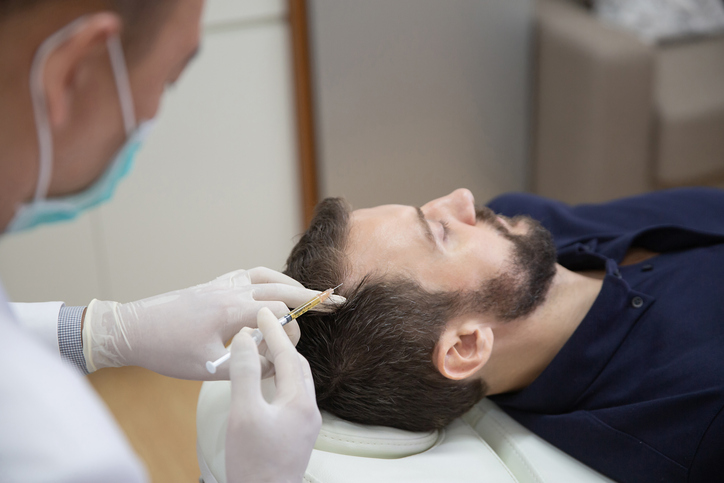Given the genetic roots of Hair Loss, it will continue to remain a silent struggle for many across the world, casting a shadow on overconfidence and how one is perceived in the mirror and by the world. But in the field of cosmetic advancements, hair transplant procedures have remained a beacon of hope. These aren’t just medical interventions but self-renewal journeys for many. Yet, understanding what a hair transplant really involves, deciphering the root causes of baldness, and navigating the sea of available procedures can seem daunting. Let’s simplify this journey, illuminating the path with insights into the revolutionary techniques that are turning heads, quite literally.
Losing hair can feel like losing a piece of oneself for many. Whether it’s due to genes, changes in hormones, or the relentless march of time, baldness doesn’t discriminate. Most commonly, people face what’s known as Male or Female pattern baldness, where hairlines recede, and crowns thin out, leaving patches of skin where hair once proudly stood.
To understand a Hair Transplant procedure – Imagine taking hair from where it’s plentiful and moving it to where it’s needed most. That’s the crux of a hair transplant. This isn’t about creating hair out of thin air but redistributing what’s already there. Two methods stand out:
The Traditional Route (FUT)
Here, a piece of your scalp from the back of your head, where hair still grows wild and free, is removed. This strip is then divided into tiny pieces, each containing a few hairs, and these pieces are moved to the bald spots.
The Modern Approach (FUE)
This technique involves taking individual hair follicles directly from the scalp and planting them where they’re needed. FUE Hair transplant is less invasive than its predecessor, meaning less scarring and a quicker recovery.
The Game Changer: DHT
Eugenix Hair Sciences, a name synonymous with innovation in hair restoration, has propelled the modern approach into the future with the Direct Hair Transplant (DHT) technique. Imagine the FUE method but supercharged. DHT minimizes the time hair follicles are out in the open, making the move from donor to recipient site swiftly, ensuring that more hairs survive the journey. This precision has not only captured the imagination of those dreaming of denser hair but has also become the darling of celebrities and athletes.
What happens after the procedure is just as crucial as the procedure itself. Steering clear of chemicals and heat, following the doctor’s orders, and keeping the new hair safe from the sun are all part of the recovery roadmap. It’s not just about getting new hair; it’s about keeping it. The care is simple, easy and only takes about a week to 10 days.
The transformative journey of Hair Restoration begins with choosing the right clinic. It’s not merely about the destination but finding a guide who understands the terrain. A clinic’s reputation, the technology it wields, the personal touch in its care, and its commitment to walking with you post-procedure are all signposts to look for. The internet and relying on your own research remains the best guide. Notwithstanding targeted advertisements over social media, there are several reputed forums and testimonials on YouTube giving an accurate picture of patient experience.
Eugenix Hair Sciences stands as a testament to what’s possible when expertise meets empathy. With a track record of innovation and a patient-first approach, it exemplifies the pinnacle of hair restoration. The narrative of hair transplant has evolved from a tale of uncertainty to a story of hope, spearheaded by advancements like the DHT technique. This isn’t just about battling baldness but reclaiming a sense of self. In this journey, armed with knowledge and the right partners, a new dawn awaits those daring to dream of a fuller head of hair. In the end, it’s more than just hair; it’s about the stories we wear and the confidence we carry into every room we enter.





